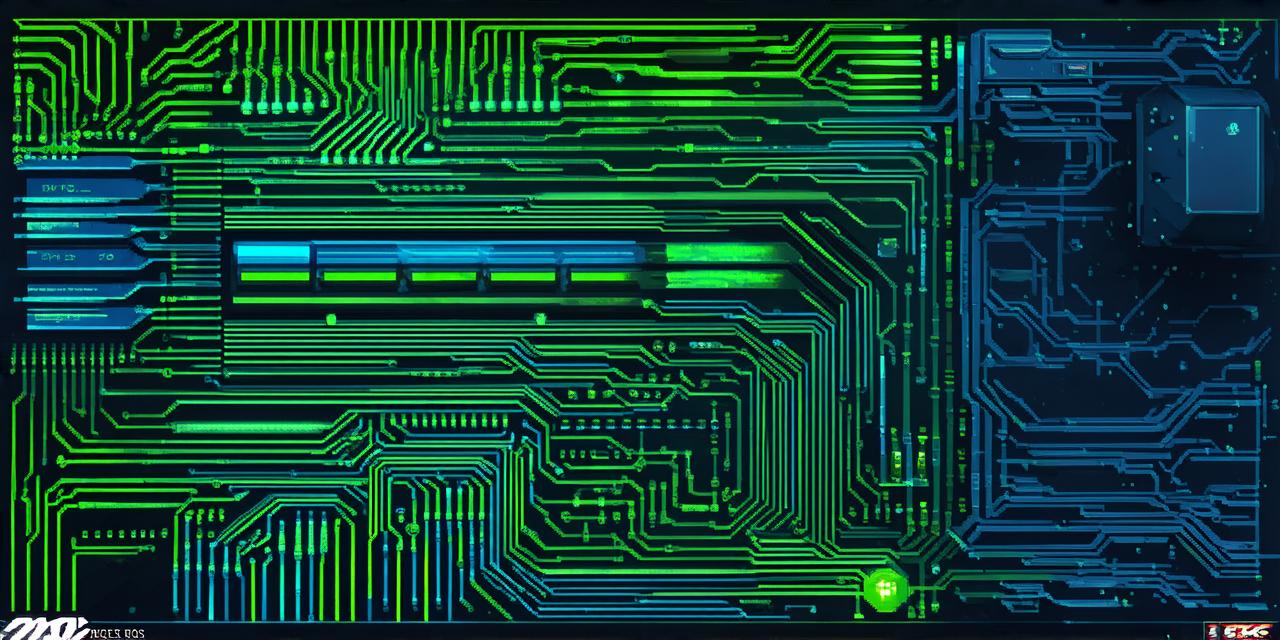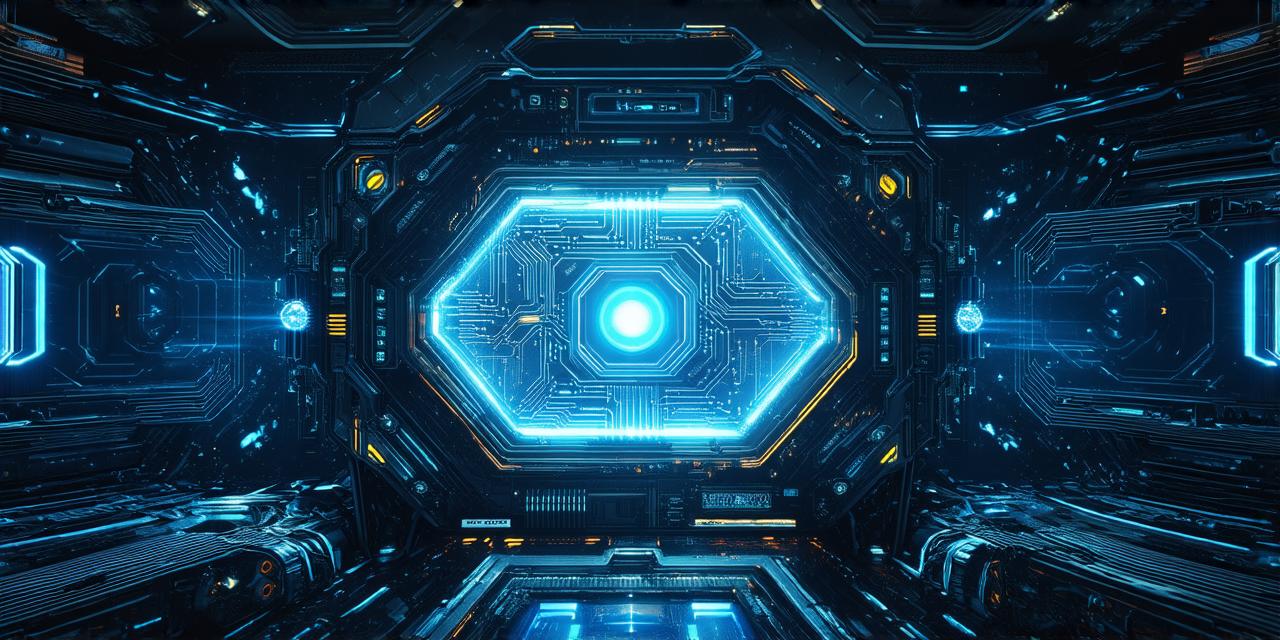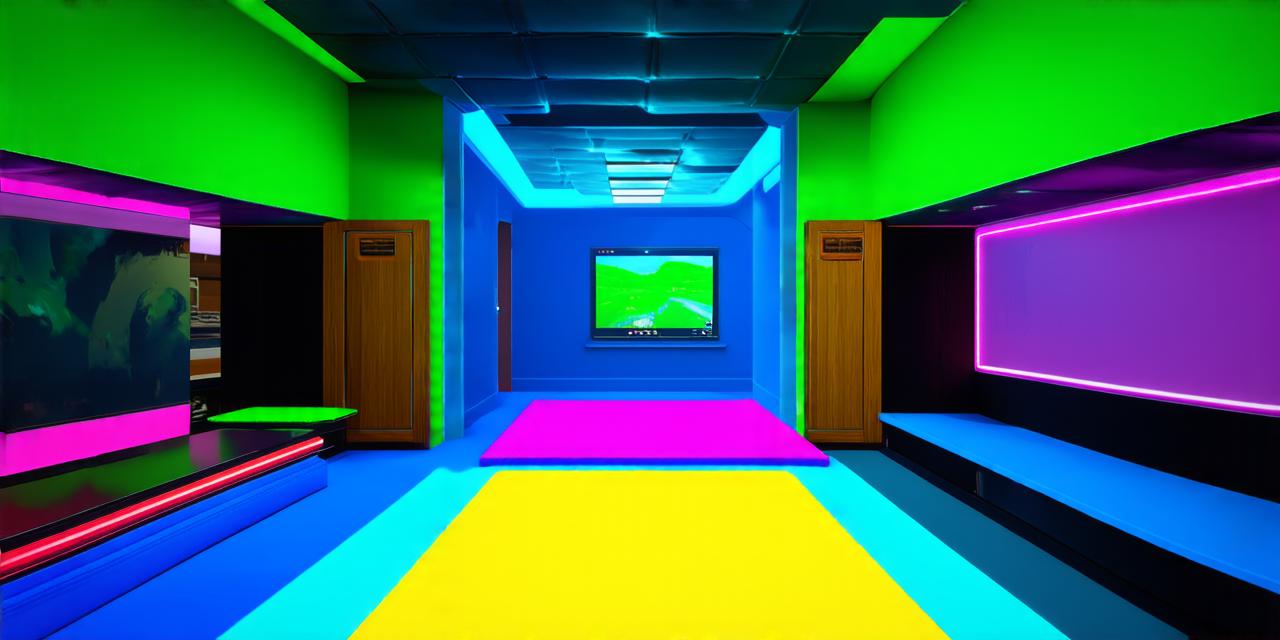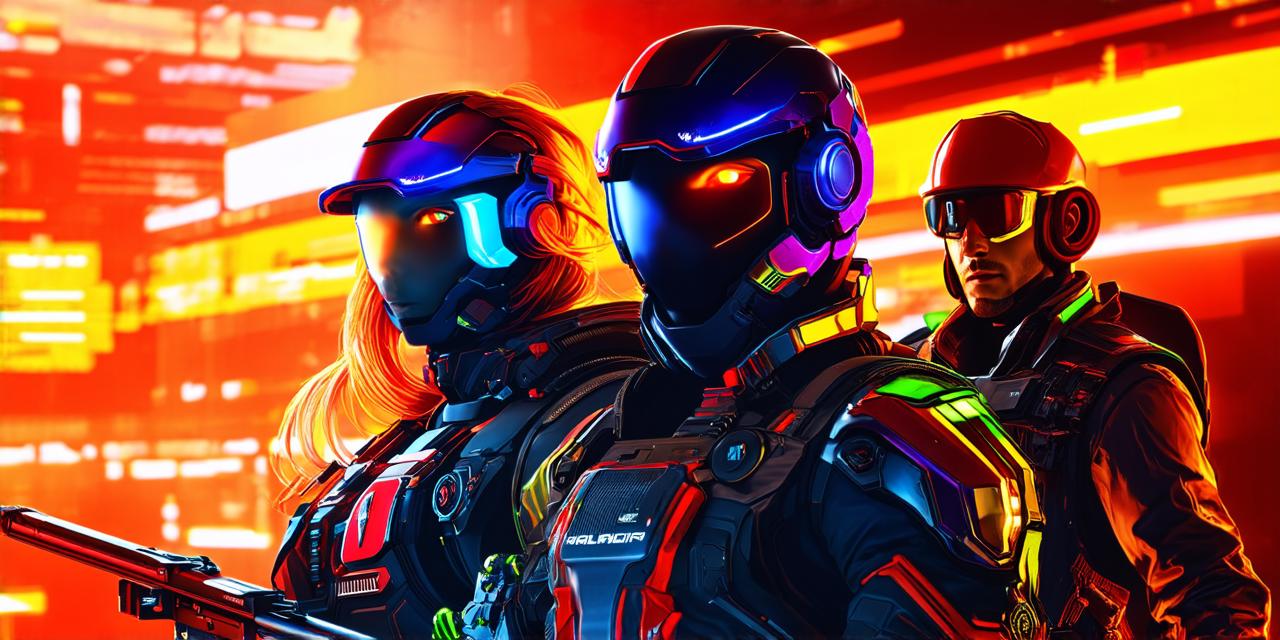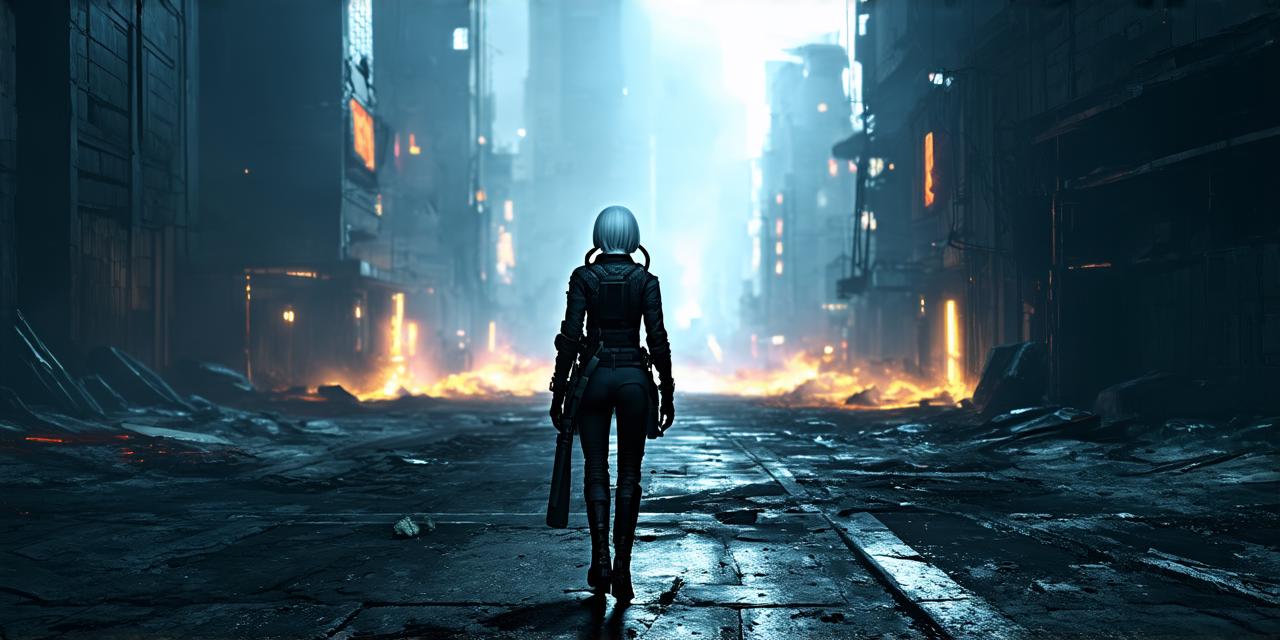Stage 1: Conceptualization
The first stage in the game development timeline is conceptualization. This is the stage where developers come up with an idea for a new game. During this phase, the team brainstorms ideas and determines which one will be most feasible and appealing to the target audience. They also develop a basic outline of the game’s story, characters, and mechanics.
Stage 2: Pre-Development
The second stage in the game development timeline is pre-development. During this phase, the team creates a detailed plan for the game, including the budget, schedule, and resources needed. They also develop a prototype of the game to test out different mechanics and features. This helps them refine the concept and ensure that they are on the right track.
Stage 3: Development
The development stage is the longest phase in the game development timeline. During this phase, developers create the actual game. They write code, design levels and characters, and test the game regularly to make sure everything is working as intended. This stage can take anywhere from a few months to several years depending on the complexity of the game and the resources available.
Stage 4: Testing
The testing phase is crucial in ensuring that the game is bug-free and polished before it is released. During this phase, developers test the game rigorously to make sure everything is working as intended. They also gather feedback from beta testers and use it to make improvements to the game.
Stage 5: Marketing and Promotion
The marketing and promotion stage is essential for getting people interested in the game. During this phase, developers create a marketing plan that includes social media campaigns, trailers, and press releases. They also reach out to influencers and journalists to generate buzz around the game. This stage can take several months to a year depending on the size of the team and the resources available.
Stage 6: Release and Post-Release Support
The final stage in the game development timeline is release and post-release support. During this phase, the game is launched, and developers continue to provide updates and bug fixes. They also monitor player feedback and use it to make improvements to the game. This stage can last anywhere from a few months to several years depending on the success of the game and the resources available.
Case Study: Minecraft
Minecraft is a great example of how the game development timeline works. The game was originally developed by Markus Persson, who spent several years working on the concept and pre-development phase. During the development phase, Persson hired a team of developers to help him bring his vision to life. They created a prototype of the game and tested it regularly to make sure everything was working as intended.

Once the game was ready, Persson released it in 2009. It quickly gained popularity and generated a lot of buzz. However, the game had some bugs and glitches that needed to be fixed. Persson and his team worked tirelessly to fix these issues and provide updates to keep players engaged.
The marketing and promotion phase for Minecraft was also critical in its success. Persson reached out to influencers and journalists to generate buzz around the game. He also created a community around the game by encouraging players to create their own levels and share them with others.
